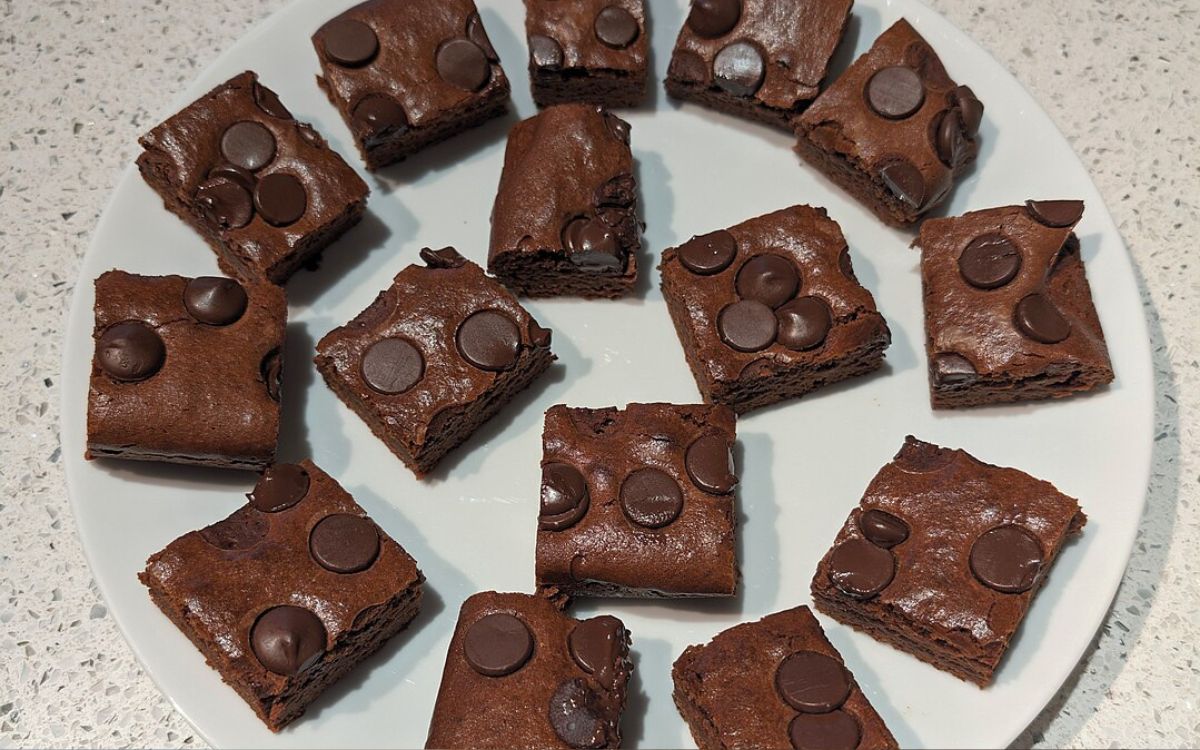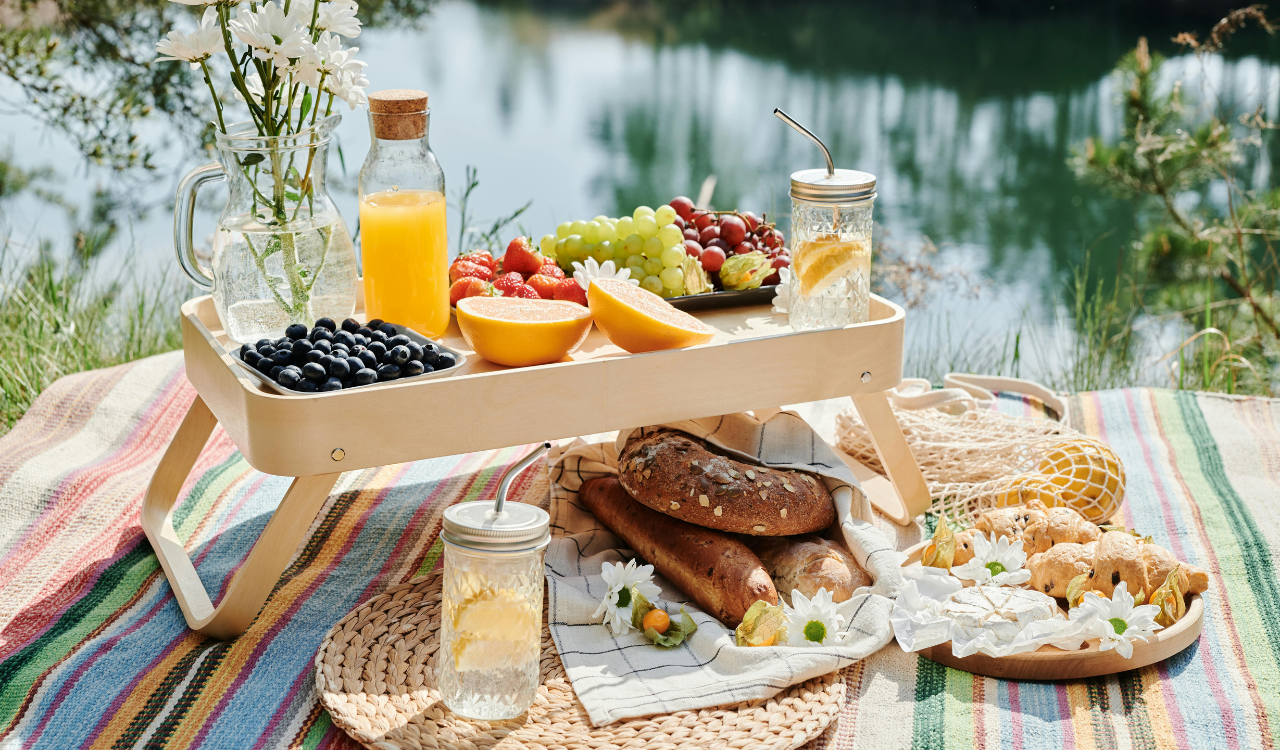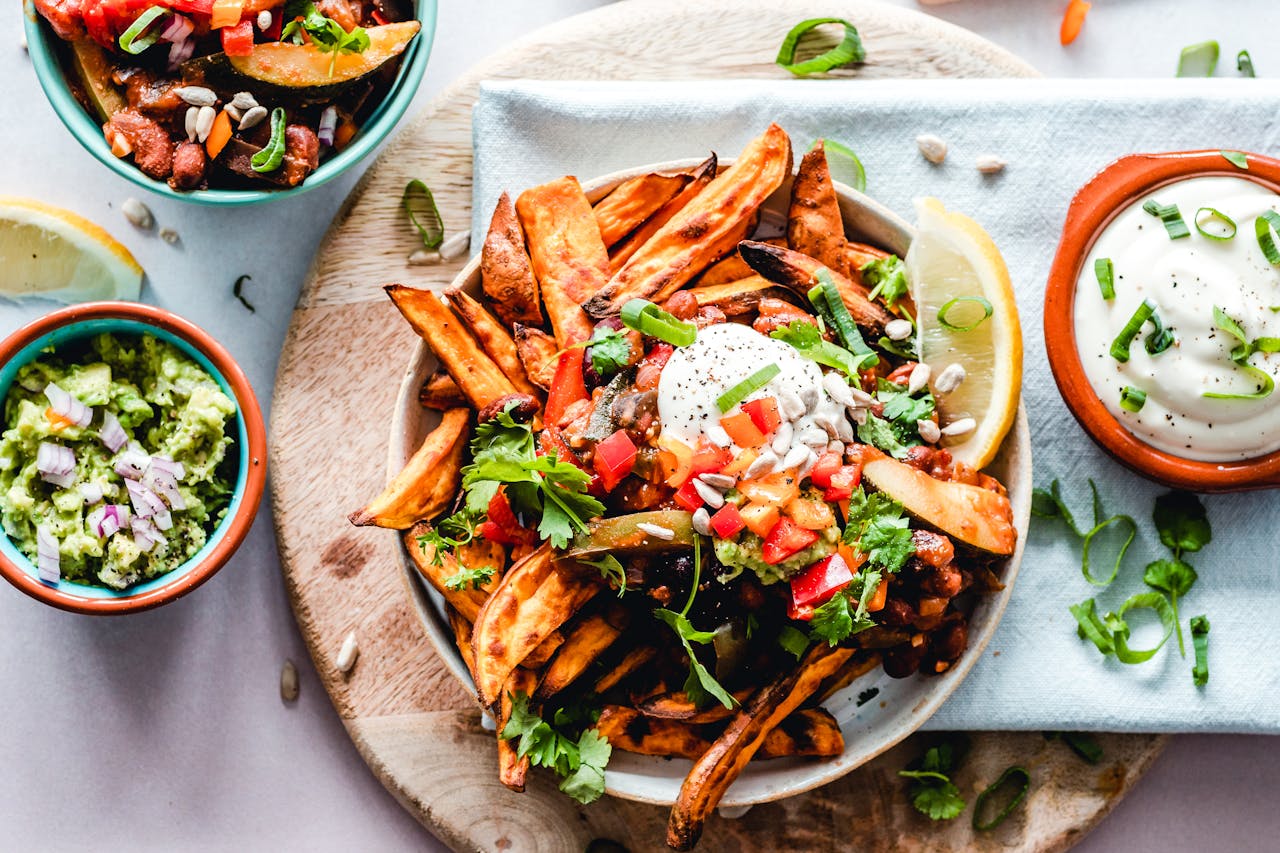12 Classic Grocery Items Boomers Still Miss
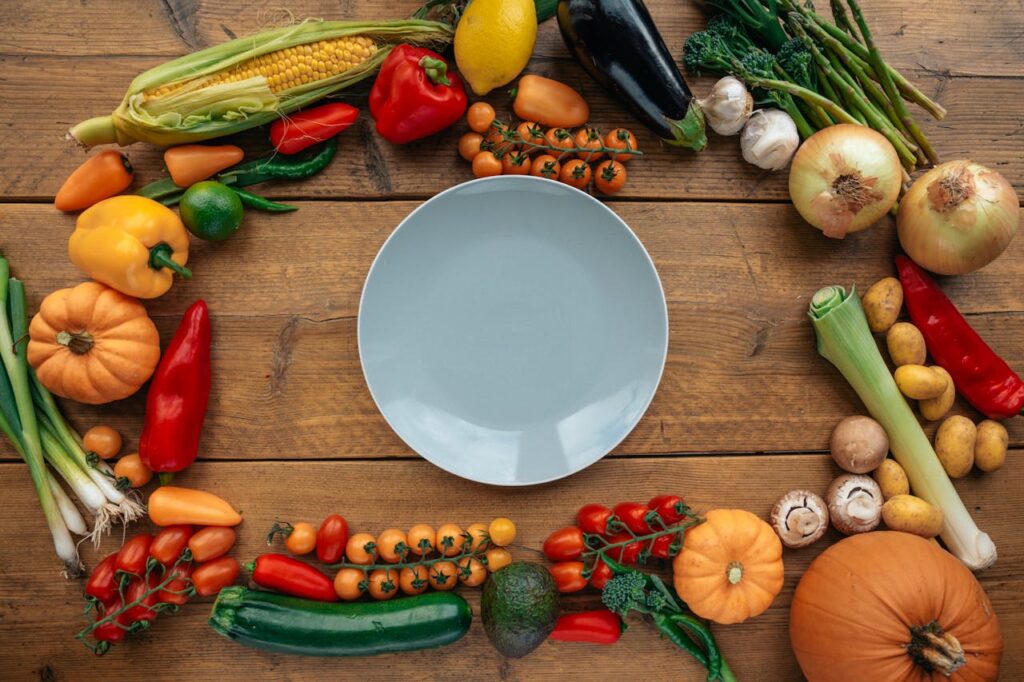
If you grew up in mid-century America, the grocery aisle looked different: gelatin molds sat next to bright powdered drinks, boxed cake mixes promised bake-and-frost convenience, and meat in tins felt as practical as it was comforting. These twelve pantry staples tell a story about convenience, wartime supply lines, and kitchens where a single household product could appear in desserts, salads, and mains. This piece revisits those grocery items Boomers remember fondly, not as museum oddities, but as the familiar flavors and packaging that turned shopping into ritual and recipes into memories.
1. Jell-O salads
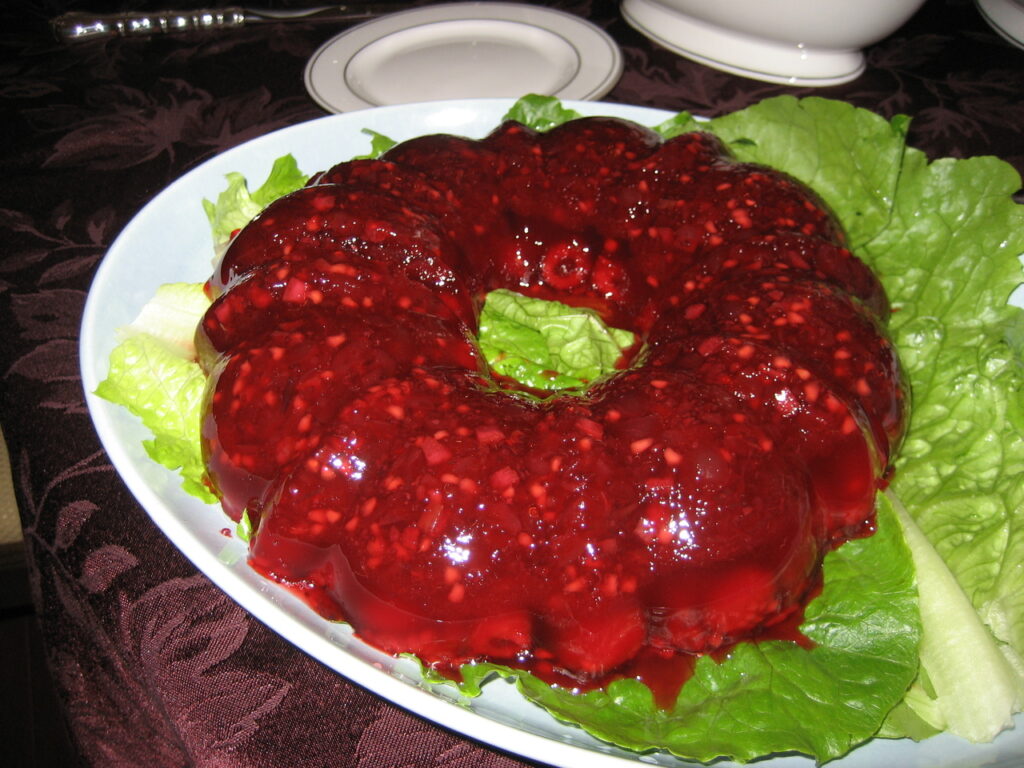
Jell-O wasn’t just dessert, it was showmanship. Lime, cherry, or pistachio gelatin molded with fruit, marshmallows, or even vegetables became centerpieces at family gatherings, church luncheons, and holiday tables. The wobbly, brightly colored molds signaled modern convenience and domestic pride: a box of gelatin could transform canned fruit, cream cheese, or whipped topping into something that looked complicated. Though tastes have shifted, the Jell-O salad still sparks nostalgia for an era that prized novelty, kitsch, and the communal joy of passing around a shimmering ring of molded goodness.
2. SPAM (canned luncheon meat)
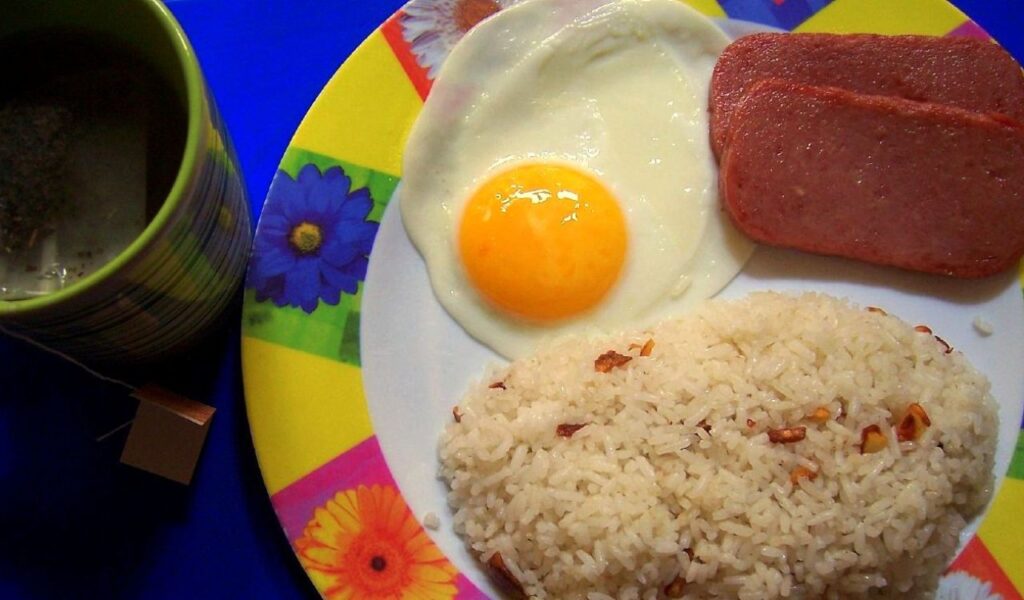
SPAM’s shelf stability and ready-to-eat nature made it pantry royalty for decades. Sliced, fried, or cubed into casseroles, it bridged scarcity and comfort: postwar families and camp cooks alike relied on its long life and salty, meaty flavor. For many Boomers, the tin evokes backyard breakfasts, hammock picnics, and recipes that stretch groceries into multiple meals. Though gourmet cooks sometimes remix it now, SPAM is mainly a nostalgia trigger, a reminder of routine meals where convenience and economy mattered as much as taste.
3. Tang and powdered drink mixes
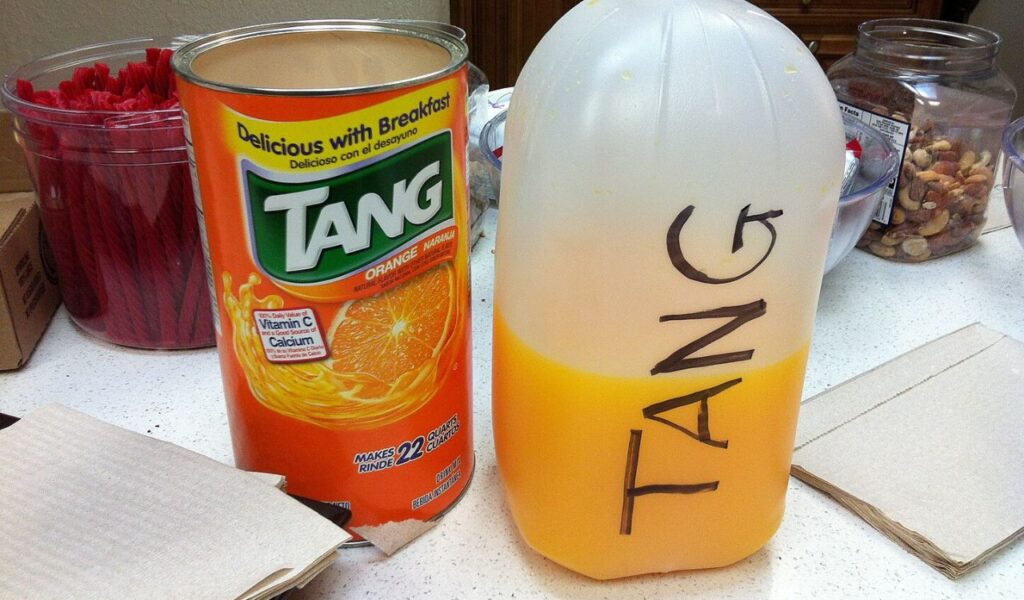
Powdered fruit drinks promised bright citrus flavor and futuristic convenience, remember Tang’s association with spaceflight marketing? Dissolve the powder in water and you have a bright, sweet beverage without refrigeration or fresh fruit. For busy households, those canisters and packets were an inexpensive way to keep kids happy and guests refreshed. Today, sugar-conscious palates and fresh-juice options have reduced Tang’s ubiquity, but the tangy orange scent still transports many Boomers back to school lunches, picnic jugs, and bright-colored pitchers on summer porches.
4. Hi-C and shelfable fruit juices
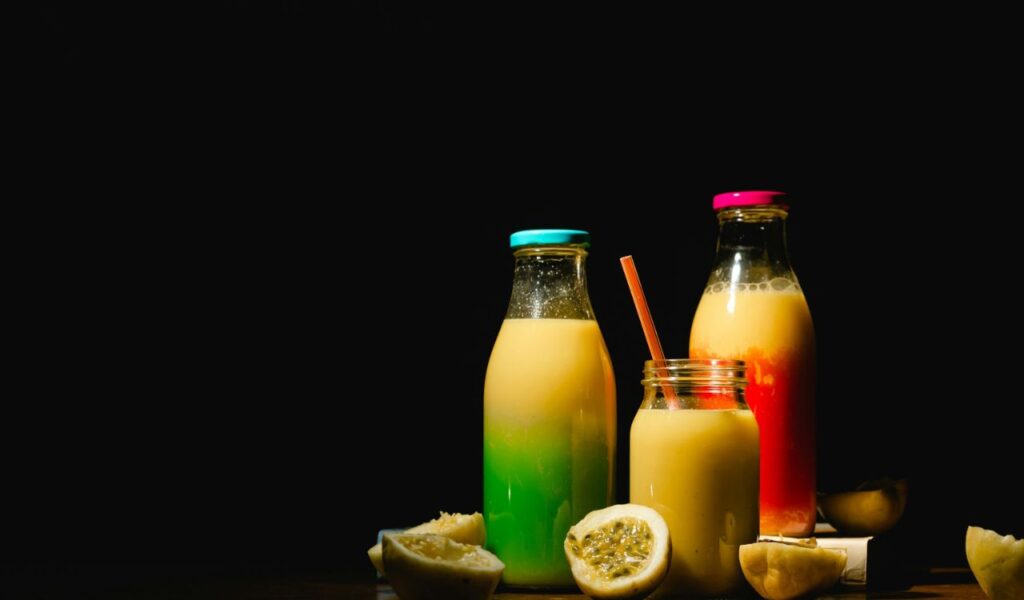
Bottled Hi-C boxes and powdered concentrates were the lunchtime standard: shelf-stable, bright, and kid-friendly. Whether mixed into pitchers for parties or poured from a small cardboard carton at school, these juices represented an era of convenience packaging and sweet, straightforward flavor. They were easy to store, cheaper than fresh fruit juice, and came in iconic, colorful branding that made juice a memorable part of childhood. Even as cold-pressed and fresh options dominate now, the chemistry of nostalgia keeps those flavors vivid in memory.
5. Vienna sausages (canned)
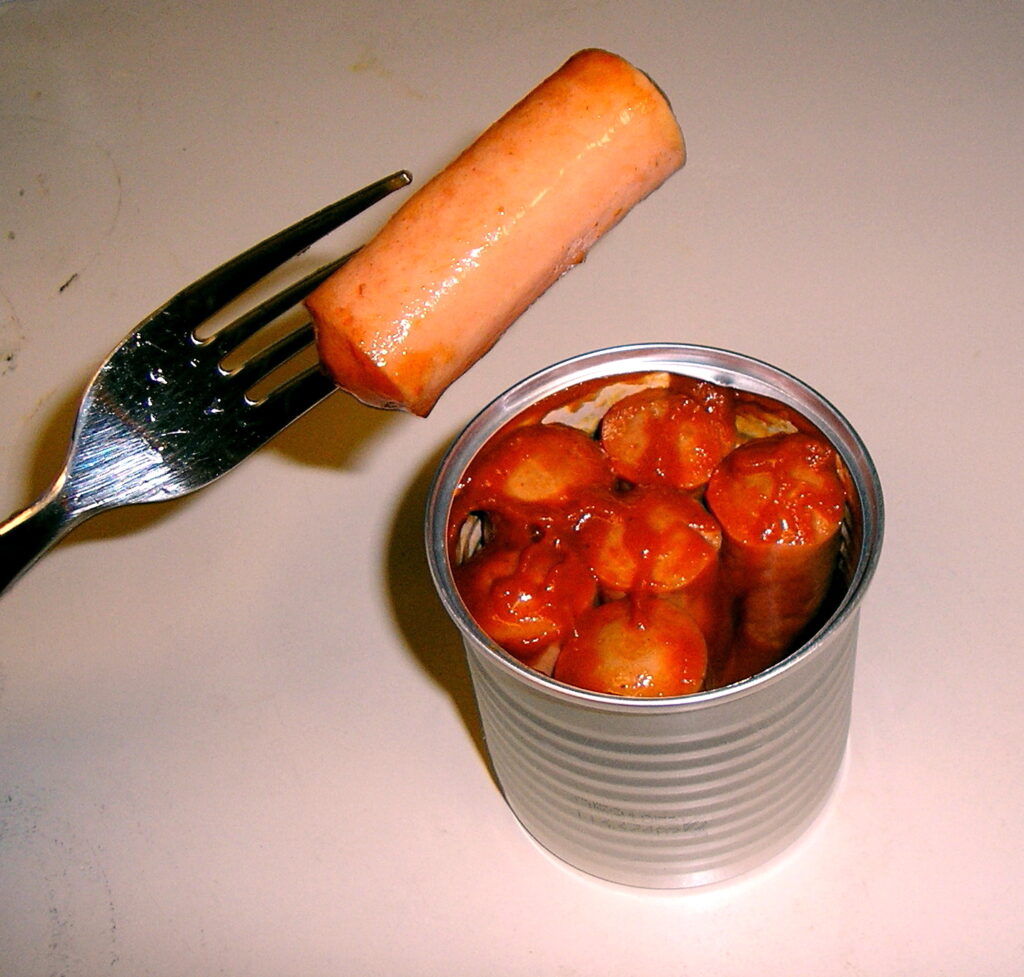
Tiny, tinny, and protein-packed, Vienna sausages were an oddly comforting pantry staple. Easy to open and ready to eat straight from the can, they were tossed onto crackers, chopped into salads, or warmed as quick bites. For families balancing budget and time, these little tins were a practical answer, lightweight for lunches, durable for picnics, and long-lasting for emergency cupboards. Their pop-open lids and salty, slightly spiced meat taste remain a defining texture of many Boomers’ childhood snack repertoires.
6. TV dinners / frozen convenience entrées
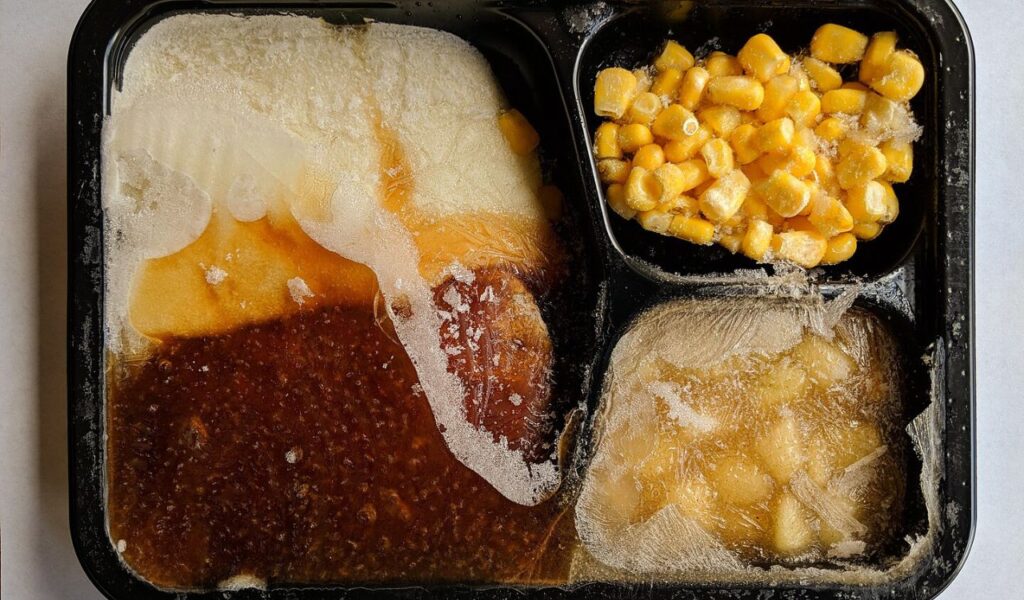
The aluminum-tray frozen meal revolutionized weeknight dinners. No stove? No problem, just pop the tray into the oven (or later, microwave) and your meat, veg, and starch reheated in one go. TV dinners promised equality of portion, predictable flavors, and the miracle of eating an entire meal without lengthy prep. They symbolize postwar modernity, mass production meeting domestic needs and for Boomers they recall family rooms, television shows, and the simple pleasure of having dinner ready in minutes.
7. Boxed cake mixes & canned frostings

Bake-from-a-box kits changed dessert culture: boxed cake mix plus canned frosting was a recipe for celebration with minimal effort. Birthdays, school events, and Sunday desserts could look homemade with a fraction of the work, and the packaging often included creative decoration ideas. These products democratized celebratory baking, letting even time-pressed families present a decorated cake. For Boomers, the familiar Betty Crocker or Duncan Hines boxes are tied to party memories, frosting fingerprints on cheeks, and recipes lovingly adapted across generations.
8. Oleo (stick margarine)
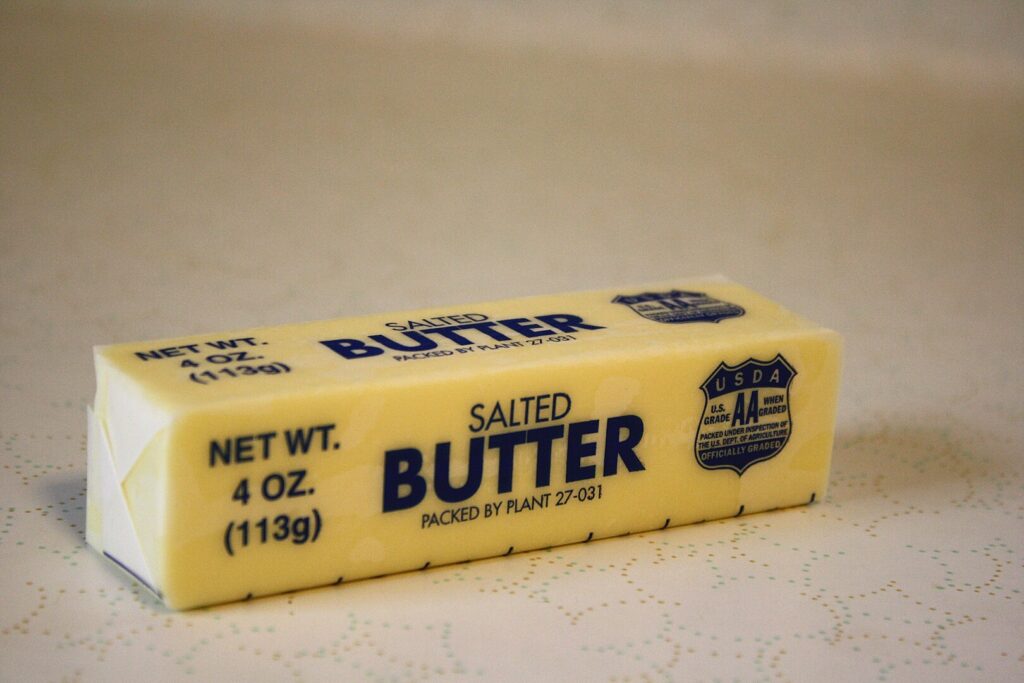
Margarine, sold as “oleo” in earlier decades, was the everyday butter stand-in, essential for spreading, baking, and frying. Often cheaper than butter and sold in paper-wrapped sticks, it represented the household economy without sacrificing many of the same functions in recipes. Oleo’s texture and slightly different flavor formed the backbone of countless baked goods and sandwiches, and the brand packaging became a pantry staple. The shift back to butter and plant-based spreads hasn’t erased the warm nostalgia for that paper-wrapped stick and the meals it made possible.
9. Sweetened condensed milk (Carnation)
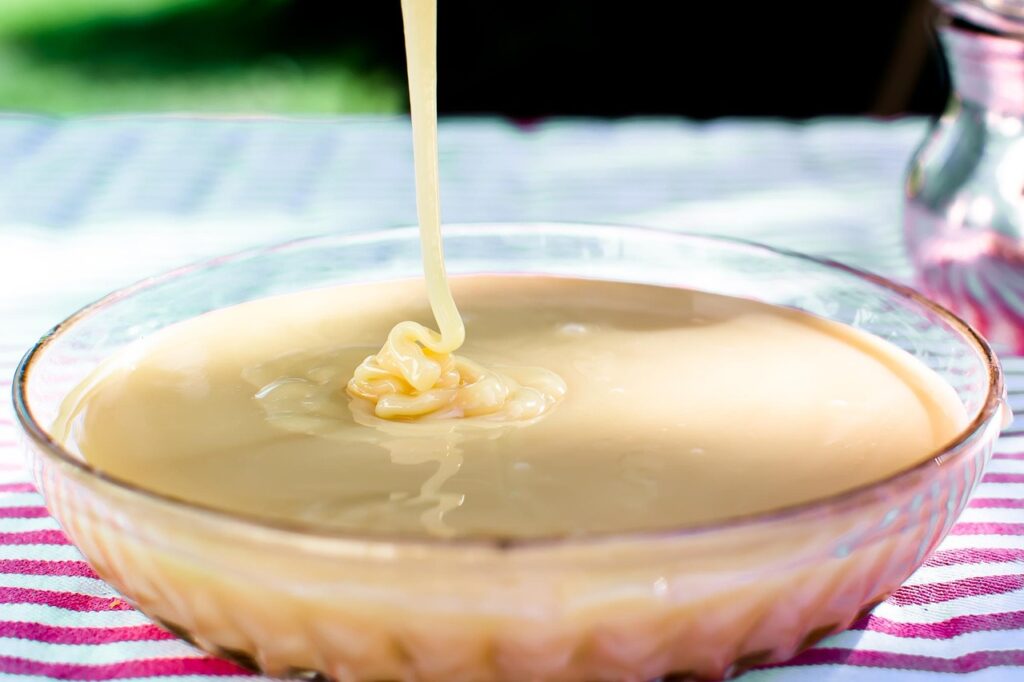
Sweetened condensed milk was a pantry powerhouse: shelf-stable, ultra-sweet, and versatile. It turned into desserts (fudge, pies, tres leches), condensed-milk-based coffee drinks, and even savory shortcuts. A single can could sweeten, thicken, and enrich recipes without refrigeration; a huge advantage before always-available fresh dairy. For Boomers, the distinctive can and syrupy texture bring back holiday baking, pie recipes passed down through families, and late-night spoonfuls straight from the tin.
10. Boxed stuffing mixes

Boxed stuffing simplified holiday prep: seasoned crumbs combined with broth and a few add-ins to make a predictable side dish that anchored Thanksgiving plates. These mixes made it easy to replicate the classic sage-and-onion profile without hours of prep, and they fit a mid-century preference for convenient, standardized foods. Many Boomers recall the familiar rustle of the box, the scent of herbs in the oven, and the family debate over whether homemade stuffing could truly be beat by the boxed version.
11. Canned fruit cocktail
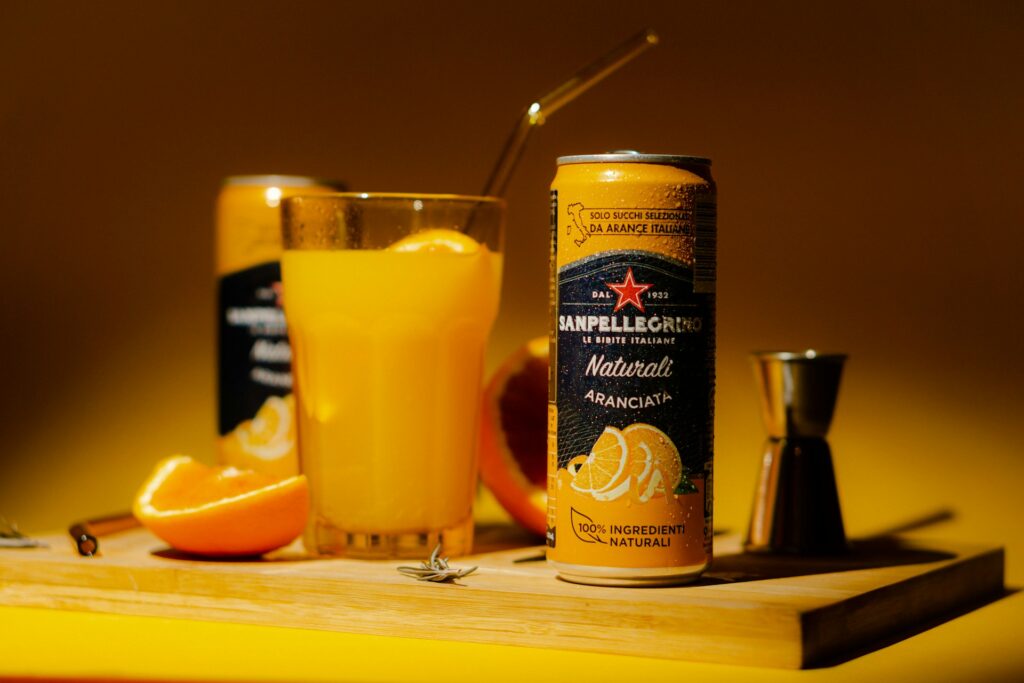
Canned fruit cocktail stocked dessert bowls and picnic baskets alike: a syrupy mix of chopped peaches, pears, grapes, and cherries that made quick desserts, toppings, and salad components. It was convenient (no peeling, no slicing), lasted on the shelf, and fit the era’s love for can-and-serve simplicity. Served straight, chilled in summer, or folded into Jell-O molds, canned fruit cocktail evokes church socials, potlucks, and afternoons when a spoon and a cold bowl of fruit were all it took to feel festive.
12. Instant mashed potatoes (flakes)
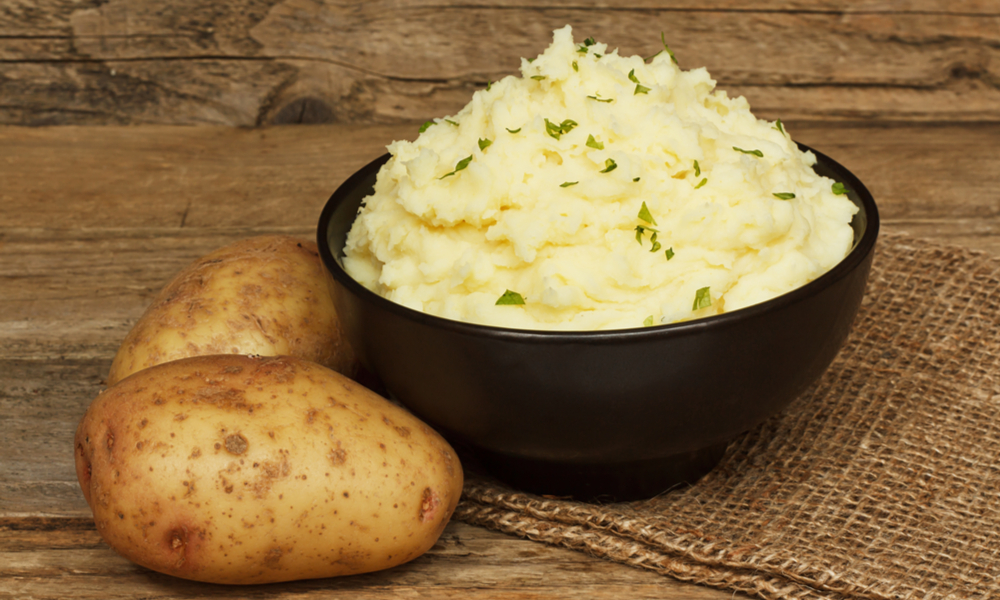
Instant mashed potato flakes were the ultimate quick side: whisk with hot water or milk and you had mashed potatoes in minutes, with no peeling, boiling, or mashing. For hectic weeknights or last-minute dinner guests, they were a lifesaver; predictable texture, shelf stability, and minimal cleanup. Though purists prefer boiled and hand-mashed spuds, many Boomers remember the comfort of that fluffy bowl from their childhood table, topped with gravy and memories of family meals that were more about togetherness than technique.
